What does the world of beauty look like in an (almost) post-pandemic world?
We look to Asia Pacific for answers
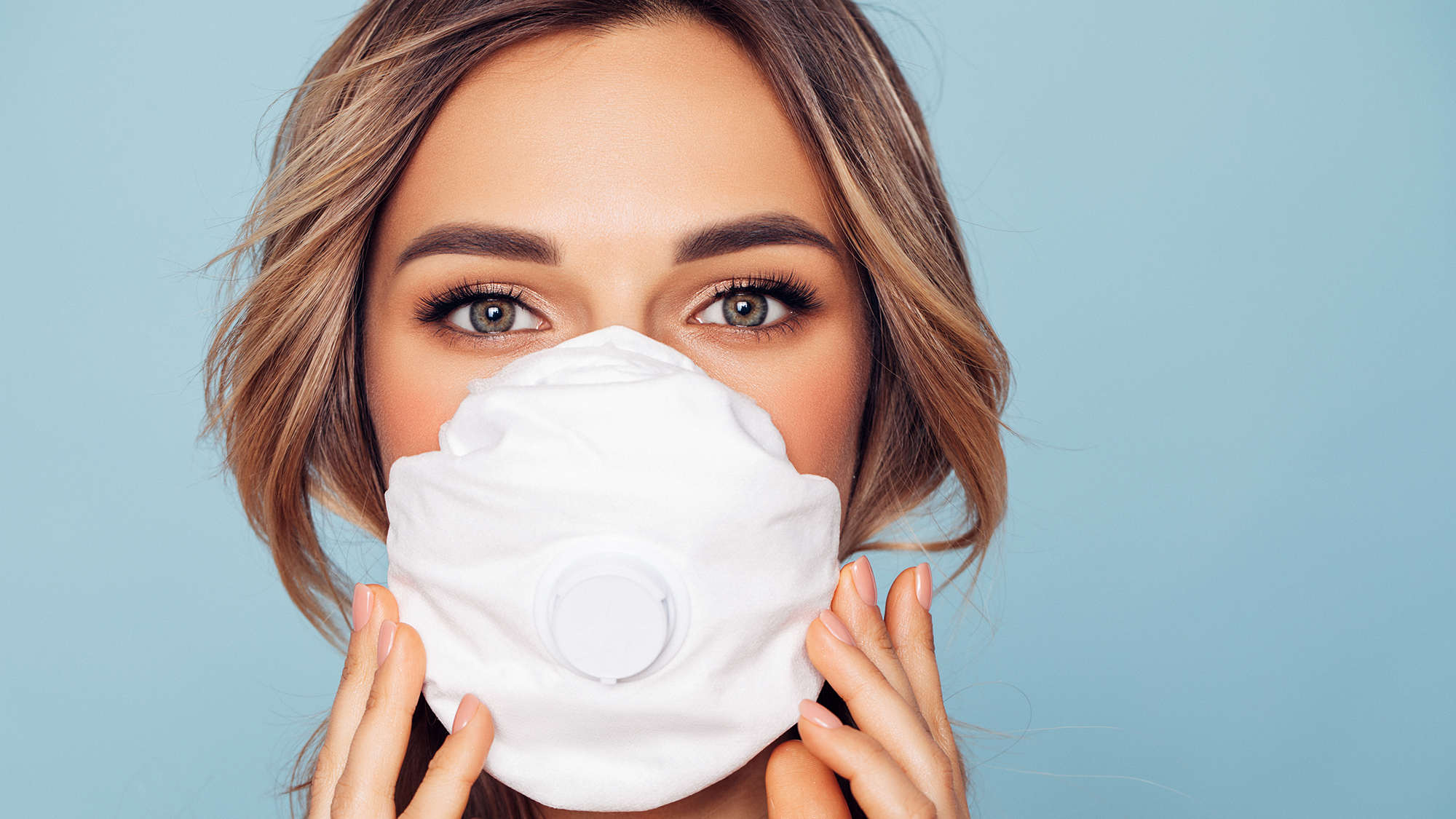
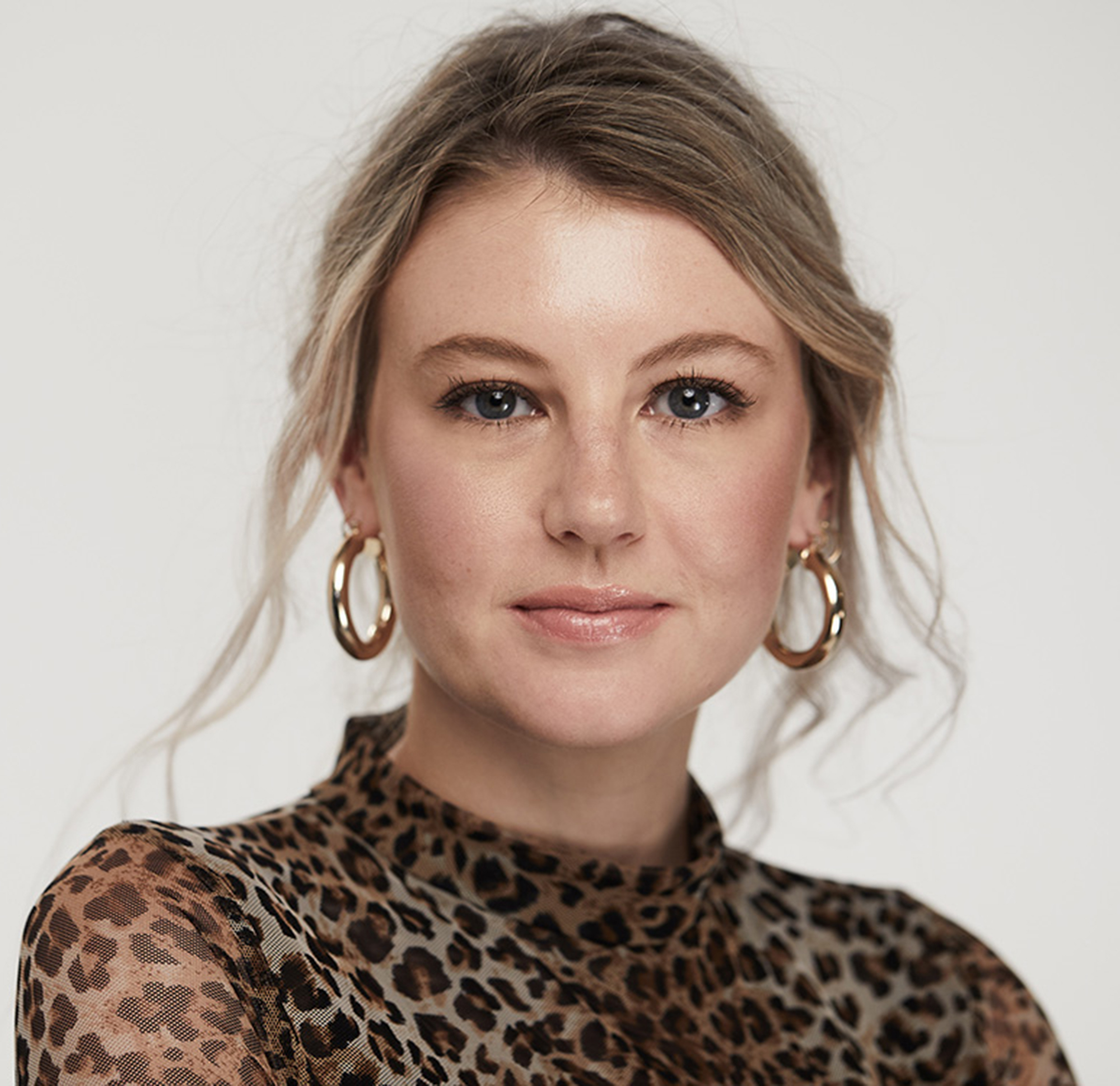
We look to Asia Pacific for answers
2020 - the year we stayed at home. The year we didn't go anywhere. The year we put away our eyeshadow palettes and bright lipstick. Because who needs a full face of make-up when you're watching reruns of Friends on Netflix and working from a makeshift desk in your garden shed?
Instead, we concentrated on our health. Because what else is there to think about during a worldwide pandemic? That focus on wellbeing spread to our beauty regimes too. We took the time to learn and educate ourselves about how best to care for our skin and hair.
Last year also saw a shift in the way we shopped as well. With very few shops open, we took to the internet to replenish our beauty stocks. According to Finder, in 2020 the beauty industry was worth a whopping £27billion, with 37.2% shifting to purchasing solely online. Here are Marie Claire, we took note of this change and have launched The Marie Claire Beauty Edit - a unique, premium beauty shopping platform, exclusively with Net-A-Porter.
With such change and innovation in the air, Groupe Marie Claire & Marie Claire International partnered with Beauty Tech Live, the world's first B2B virtual event that was conceived to bring together the worlds of beauty and tech to examine the beauty landscape on a global stage.
Taking place from 12-16 April 2021, the virtual event showcased cutting-edge tech products and services through a series of panel talks, conferences and case studies, giving attendee's unparalleled access to industry power players and innovative beauty solutions.
As media partner, we hosted a panel discussion to examine how legacy media brands can help beauty companies boost their online business, exploring a range of issues, from content and e-commerce to live-streaming in China. The discussions were bold, thought-provoking and full of consumer insights and solutions for the beauty industry. None more so than looking towards the Asia Pacific market, an area that is renowned for product innovations and beauty trends.
Marie Claire Newsletter
Celebrity news, beauty, fashion advice, and fascinating features, delivered straight to your inbox!
With countries in Asia Pacific living fairly normal lives again, we spoke with Karen Ong, Regional Managing Director, and Avis Easteal, Regional Head of Consumer, from Luxasia, the leading beauty distribution platform in Asia Pacific, about how 2020 affected their markets and what consumer trends they have picked up on as we gradually head out of this troubling time.
How did Covid-19 and its restrictions impact consumer habits? What trends emerged during the pandemic?
Skin health
'Here, consumers are well-informed and discerning. They are aware of the need to take good care of their skin. Skincare is now a necessity not just for women, but for a growing number of men as well. It is more of a need than a want. Also, demand for skincare is generally less elastic to economic conditions. So sales remained steady.
'The pandemic caused company closures, down-sizing, lay-offs, and unemployment. As such, there has been a reduction in the disposable income for many during this period. While people still continued to care for their skin, they focused on skincare necessities – best cleanser, certain serums, moisturisers, and face masks.'
Focus on eyes
'As people adjusted to using face masks on a daily basis, they adapted their product use as well. Eye and Brow cosmetics saw a growth as the upper half of the face became the focal point of the face. Naturally, lip make-up saw a sharp decline in 2020.'
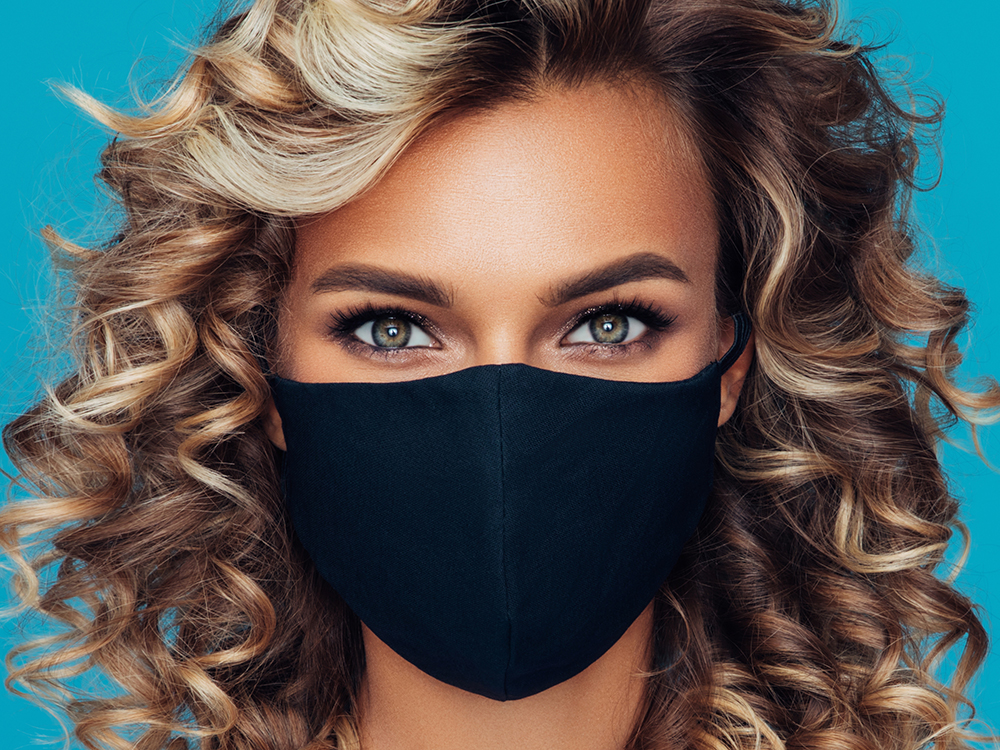
Mascne
'Wearing masks also meant that consumers moved from beauty products with rich formulations to those with lighter textures to prevent mask-induced acne (mascne). This applies to make-up as well. Beauty-lovers have migrated to foundations and cheek make-up of lighter coverage and formulations, especially those non-comodogenic ones.' (Hence a renewed interest around the best foundation for oily skin.)
'They also invested in more effective make-up removers, deep-cleansing facial washes, as well as detoxifying facial products such as non-clogging creams and sebum-clearing facial masks.'
Home scent
'Sales of home scent - luxury candles, diffusers, and home sprays - went up. As more of us are working from home, we want to enhance the ambience of our homes and uplift our moods. People desire touches of luxury to enhance everyday moments.'
Online shopping
'2020 saw the great online migration, which saw an elevated shift of consumers to online-shopping by “a decade in days”. We expect this consumer behaviour to stick. Consumers have now fallen in love with the conveniences and bargains of e-commerce.
'The basket size of purchases increased, with a proportionate reduction in purchase frequency. Why? Because people wanted to buy less often to avoid running out of loved products. When stores reopened, we saw this trend continue as they attempted to reduce their exposure to the virus.'
What do you predict the future of beauty will look like?
Multi-use products
'We have witnessed an uptick in multi-functional cosmetics. Things like hybrid cosmetic-skincare products with more than one benefit, like sun protection with some tint for coverage.
'Lip make-up is starting to make a comeback. But again, there is growing demand for multi-functional lip products that both colour and care.'
Everyday luxury
'We are seeing a growing number of Asia Pacific beauty consumers infusing luxury into the everyday. Upgrading daily hygiene, beauty, and personal care rituals. With travel restrictions still in place, people are channeling travel spend into beauty.
The Year of the Eyes
'Virtual meetings have put severe strain on the eyes, accelerating the development of wrinkles, crow’s feet and dark circles. Therefore, there's now more need for the best eye creams, gels and serums to protect and boost the skin around the eyes.
'Given how mask-use obscures most of the face, the eyes are still the big focus. Eye make-up has out-performed all other make-up categories in 2020. We foresee this to continue into 2021. Eyeliners, mascara and brow products have come out as clear winners because they bring the eyes to life.
Enhanced skincare
'There is a demand for enhanced skincare. That's not to say buying more products or adding more steps into your skincare routine; it simply means clearly understanding your skin type and giving your skin what it needs. We predict consumers diving deeper into skincare knowledge and education, so that they can choose what’s truly necessary and best for them.
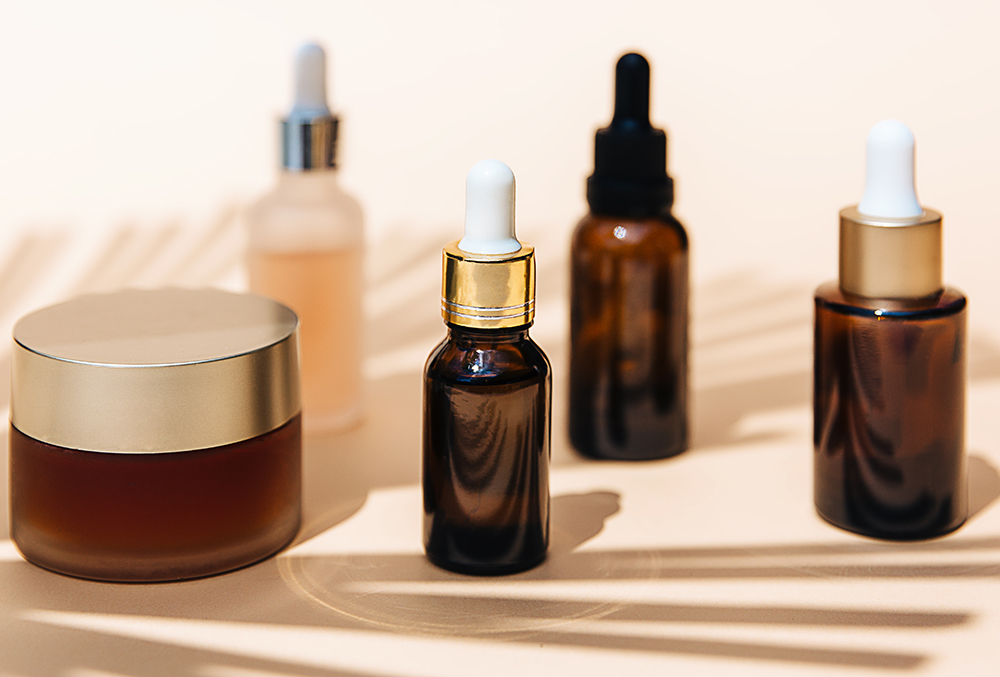
Sustainability beauty
'Consumers want to know what’s in their products and rightfully so. This added pressure has caused companies to steer towards more sustainable products, whether that's packaging, formulations or reducing carbon footprint.
'A big 2021 focus will be waterless beauty: reducing water-use and water waste. That includes concentrated formulations for bath, body, and hair products, which reduce water use in production. That also reduces plastic use. Double-win.'
Glow-up
'As the Covid threat is contained, we foresee the need to restart glamour and dressing up. A return to the roaring 20’s of the previous century will come. However, consumers will first wait until the virus is contained in their own and other countries before this will be truly embraced.'
Brand disloyalty
'The biggest consumer trend of 2021 will likely be brand disloyalty, fuelled by curiosity and travel restrictions. Instead of experiencing different countries, consumers will focus on experiencing other brands, memorable shopping experiences and new products in their home country. We have seen customers, who were typically loyal to single brands, now adding products from different brands or categories as a result of broader explorations.'
This article was in collaboration with Rosie Grant.
Katie Thomas is the Senior Beauty Editor at Marie Claire UK. With over 10 years of experience on women's luxury lifestyle titles, she covers everything from the best beauty looks from the red carpet and stand out trends from the catwalk, to colonic irrigation and to the best mascaras on the market. She started her career on fashion desks across the industry - from The Telegraph to Brides - but found her calling in the Tatler beauty department. From there she moved to Instyle, before joining the Marie Claire digital team in 2018. She’s made it her own personal mission to find the best concealer in the world to cover her tenacious dark circles. She’s obsessed with skincare that makes her skin bouncy and glowy, low-maintenance hair that doesn’t require brushing and a cracking good manicure. Oh and she wears more jewellery than the Queen.
-
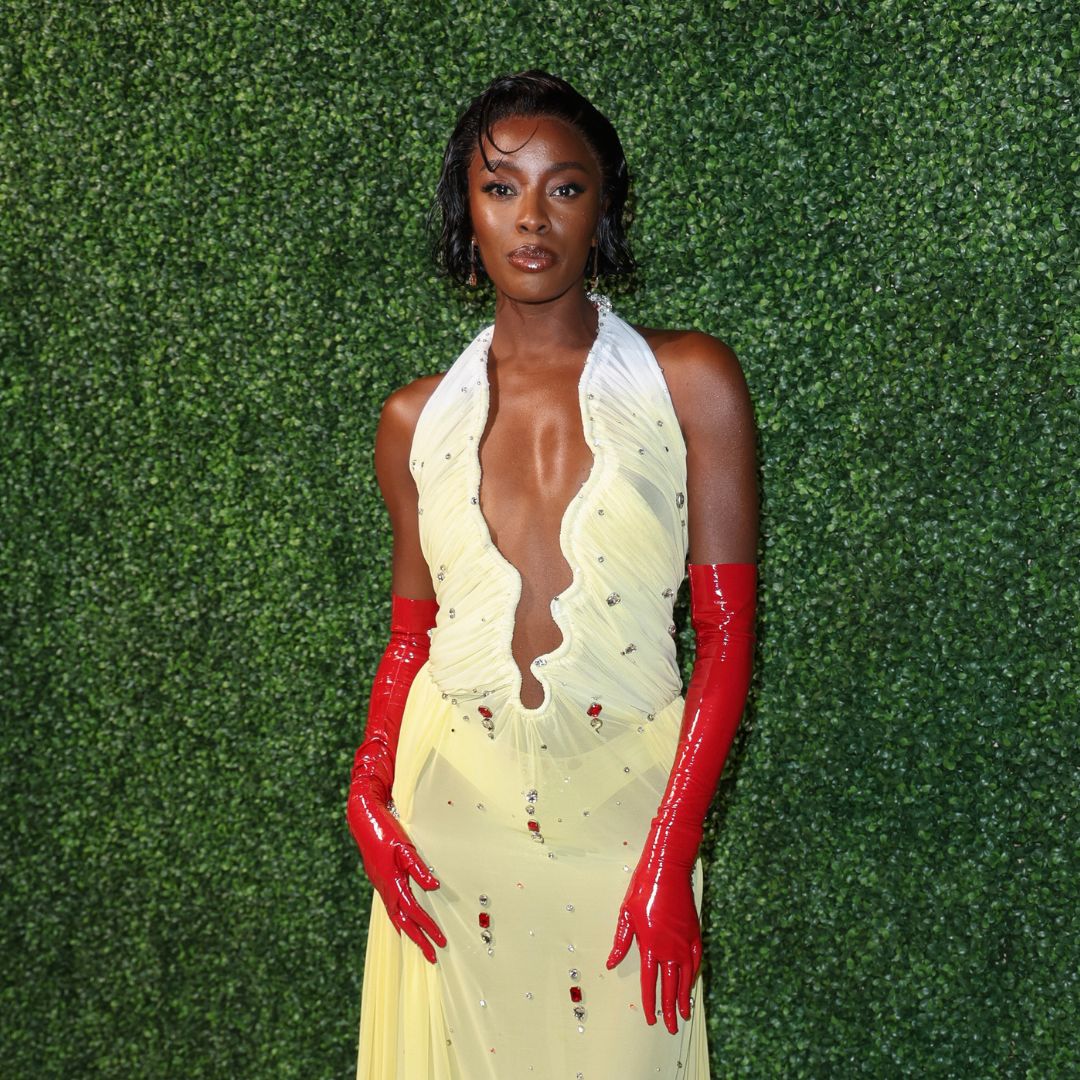 Anatomy Of A Wardrobe: TV presenter AJ Odudu is carving out her own lane, one show-stopping look at a time
Anatomy Of A Wardrobe: TV presenter AJ Odudu is carving out her own lane, one show-stopping look at a timeWatch as we take an exclusive look inside AJ's wardrobe
By Lily Russo-Bah
-
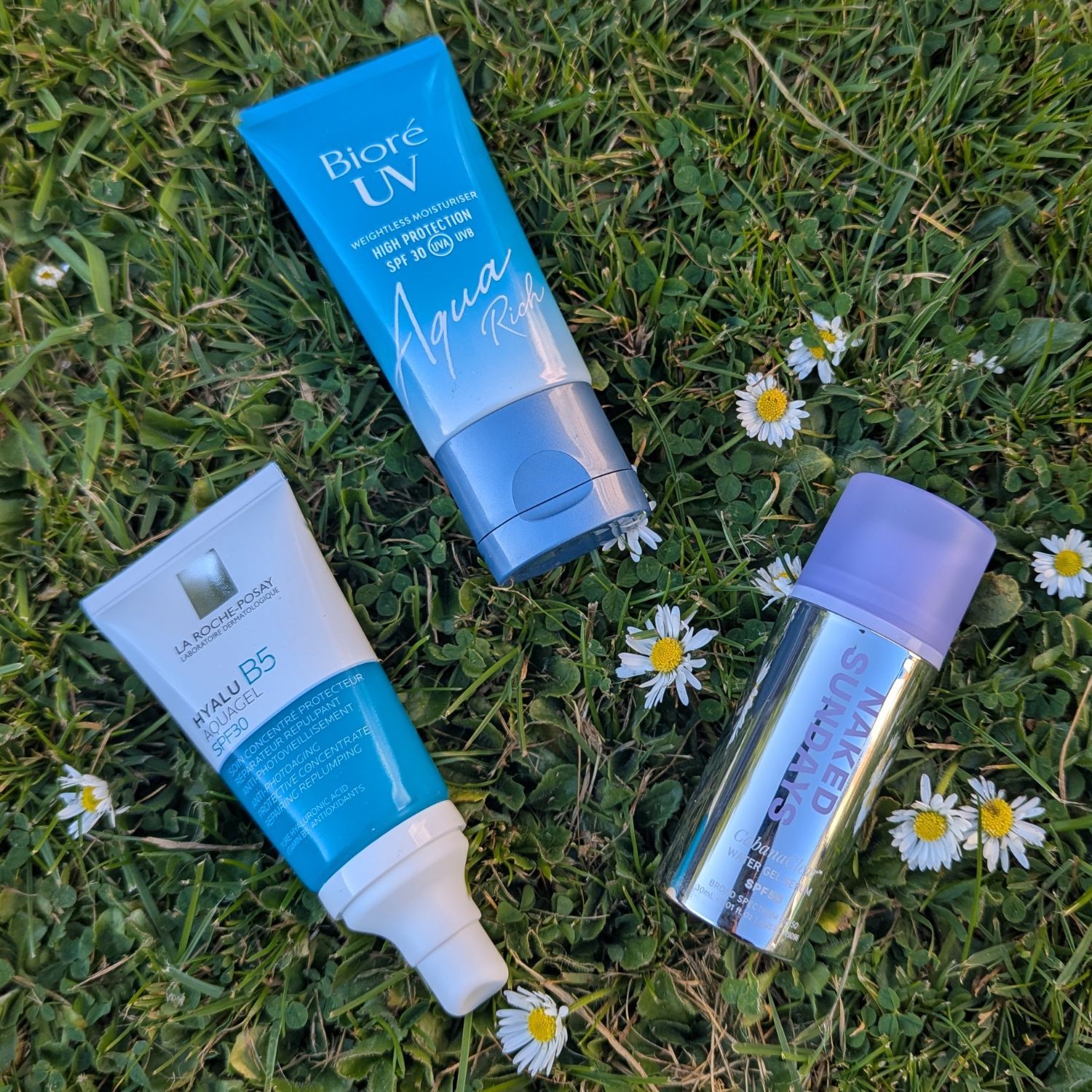 I’ve searched high and low for the best lightweight SPFs—these hydrating, water-based ones are a total game-changer
I’ve searched high and low for the best lightweight SPFs—these hydrating, water-based ones are a total game-changerNo excuses
By Jazzria Harris
-
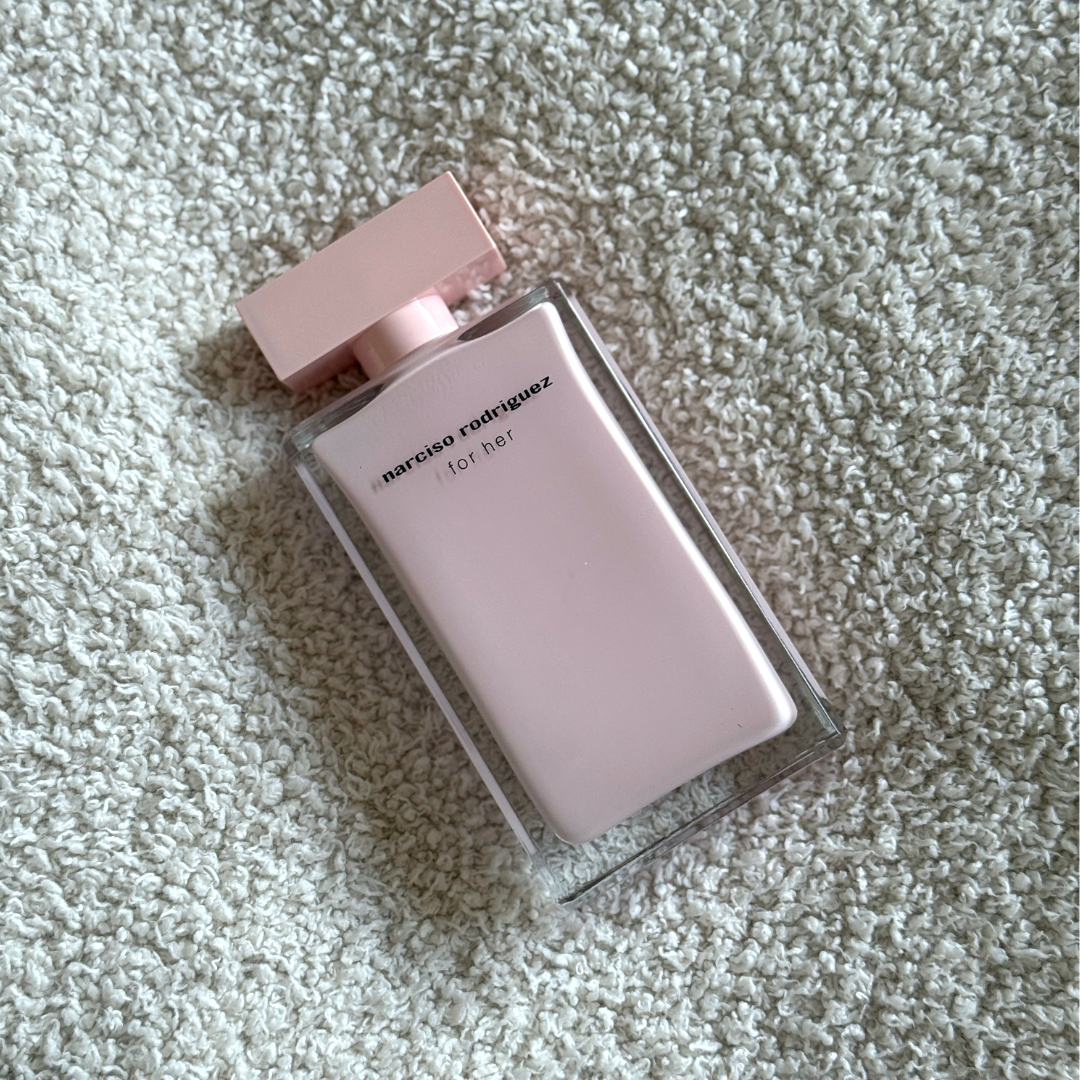 This perfume has been an icon for over 20 years, and for good reason—it’s soft, elegant, and oh so feminine
This perfume has been an icon for over 20 years, and for good reason—it’s soft, elegant, and oh so feminineFeminine but not *too* sweet
By Lucy Abbersteen